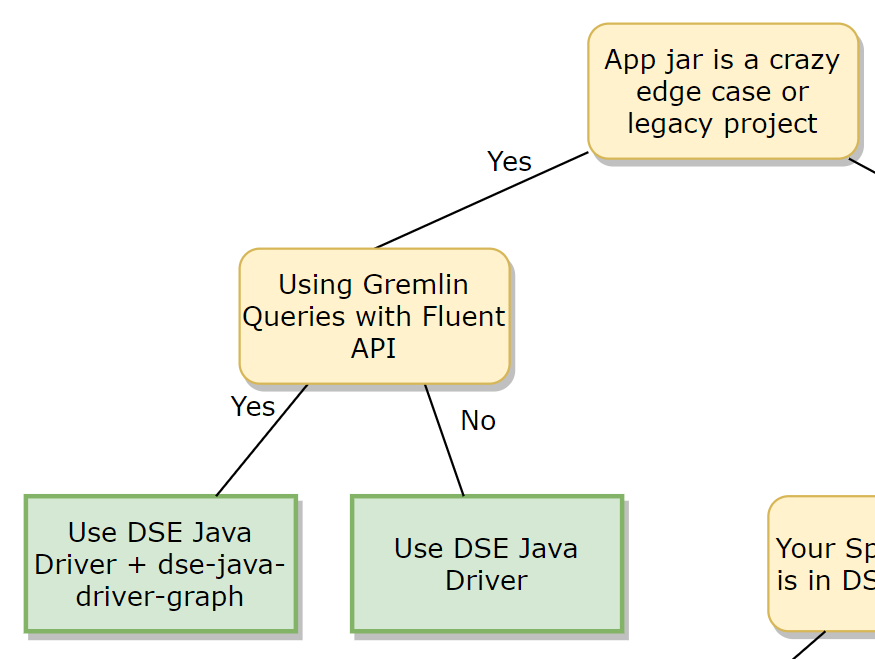Select and configure a garbage collector (GC) to remove data from memory that is no longer in use.
Garbage collection is performed by a Java process, garbage collection, which removes data that is no longer needed from memory. For the best performance, use either the Garbage-First (G1) or Continuous Mark Sweep (CMS) collector. By default, DataStax Enterprise (DSE) uses the Garbage-First (G1) collector.
- G1 divides the heap into multiple regions, where the number of regions depends
primarily on the heap size and heap region size. The G1 collector dynamically assigns the
regions to old generation or new generation based on the running workload, prioritizing
garbage collection in areas of the heap that will yield the largest free space when
collected. Additionally, G1 makes tradeoffs at runtime optimizing for a pause target
(which is configurable using
-XX:MaxGCPauseMillis) to provide predictable performance. - CMS divides the heap into new generation (eden + survivor spaces), old generation, and permanent generation, and relies on many heuristics and configurable settings to optimize for performance.





